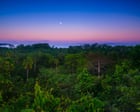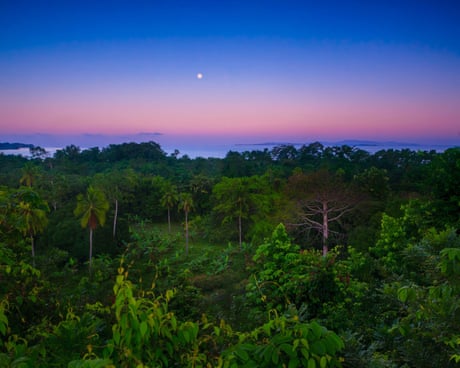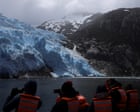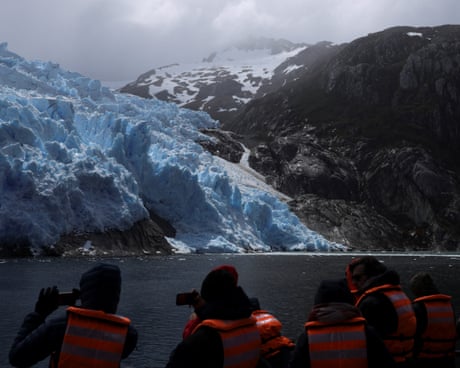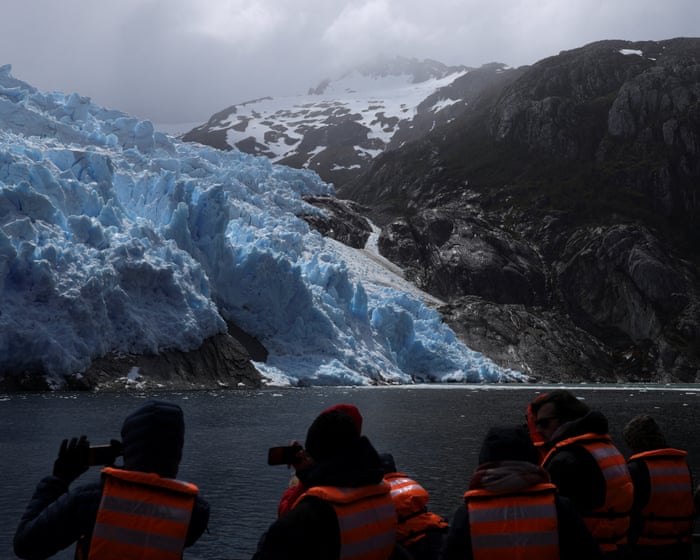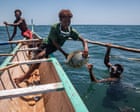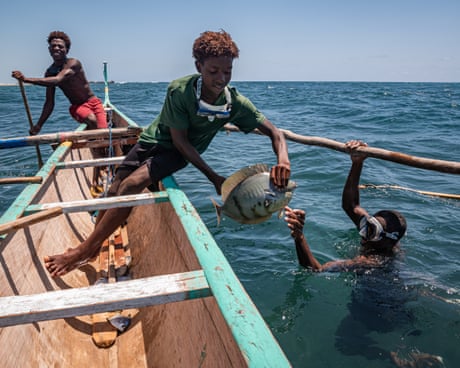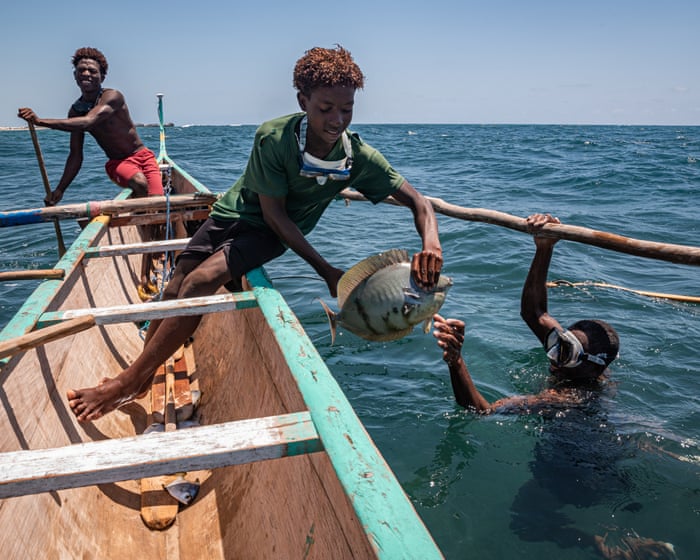There’s an itsy-bitsy fear I want to overcome. I will never be a fan, but can I at least be Normal about spiders? | Rebecca Shaw
In order to be less scared, I imagine the huge Australian huntsman as a girlie, just chilling and listening to us yap. It sounds dumb, but it worked (a little bit)
I am someone who believes it is never too late to change. I think you can in fact teach an old dog new tricks, as long as the old dog is open-minded and willing to learn. As long as the old dog is willing to admit when it was wrong, and work to become a better dog.
OK yes, I am the old dog. And the trick I am trying to learn, even though I am decrepit? It is an important one, something I have struggled with, frequently, for my entire life. I have been trying … to become less scared of huntsman spiders. Apologies to all the other spiders that exist; I have to be realistic about my possible growth as a human. It also has to be the huntsman because it is large, in charge, and the one I encounter most often. Including three times in the last week. Inside my home. You can’t see me but I’m shaking my head and grimacing as I type.
Continue reading...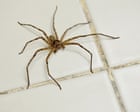
© Photograph: pedphoto36pm/Getty Images/iStockphoto
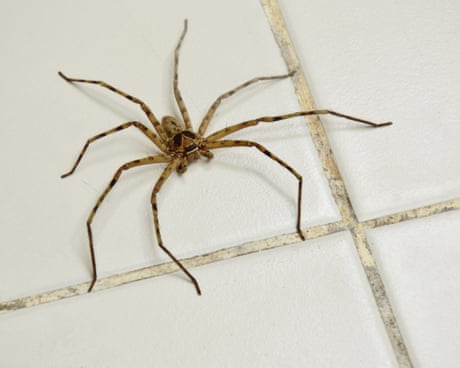
© Photograph: pedphoto36pm/Getty Images/iStockphoto
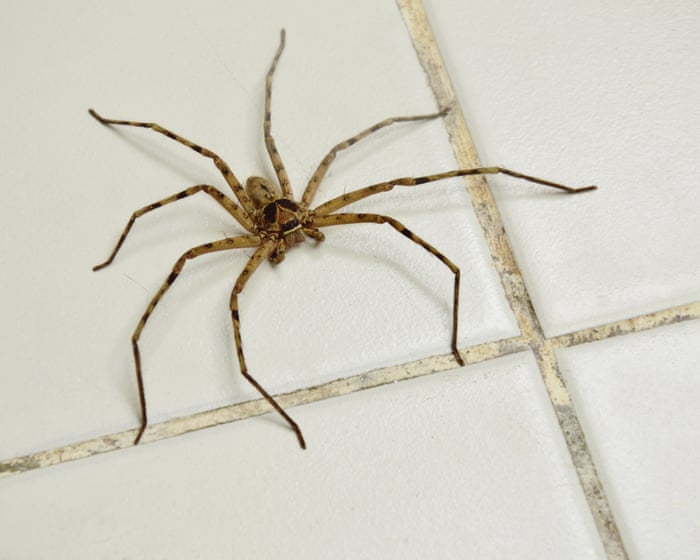
© Photograph: pedphoto36pm/Getty Images/iStockphoto
